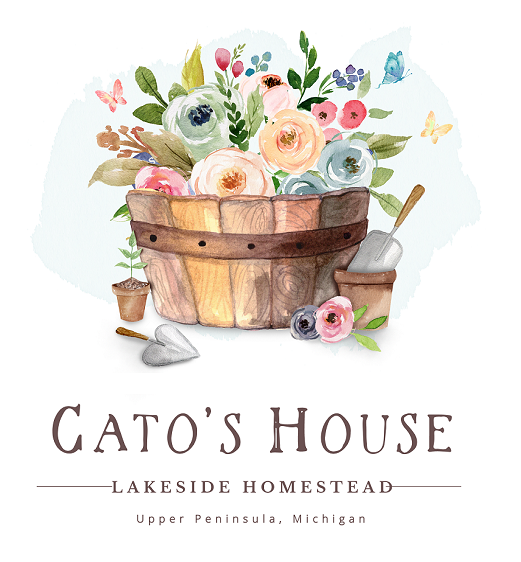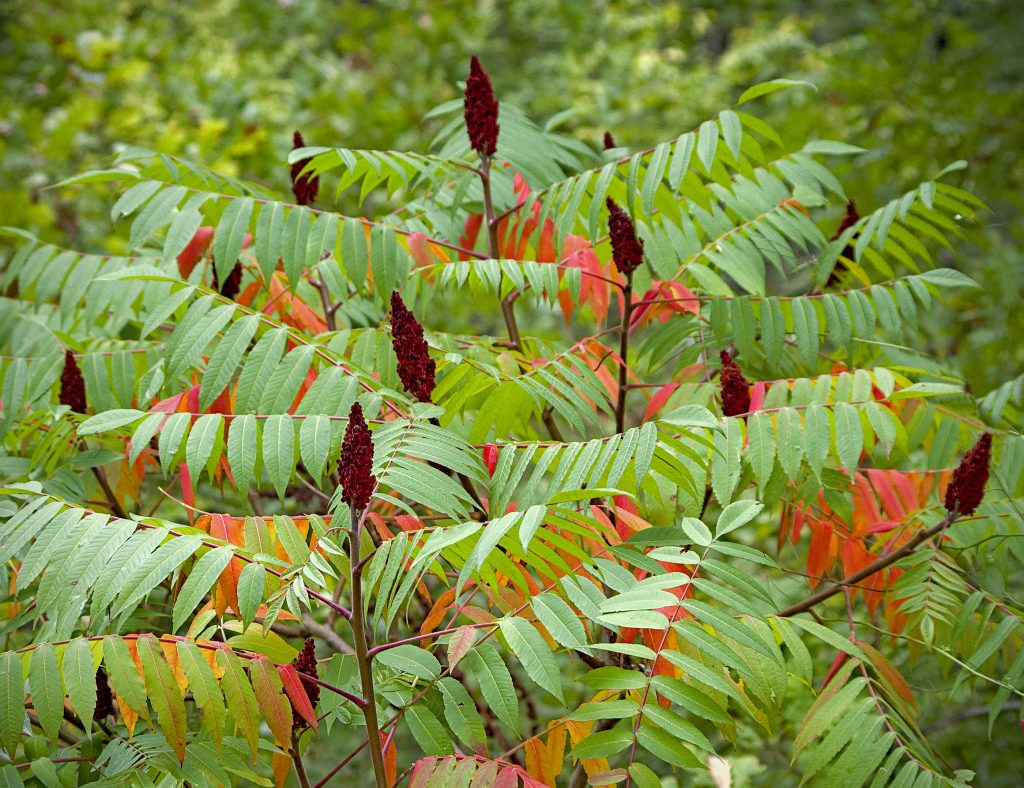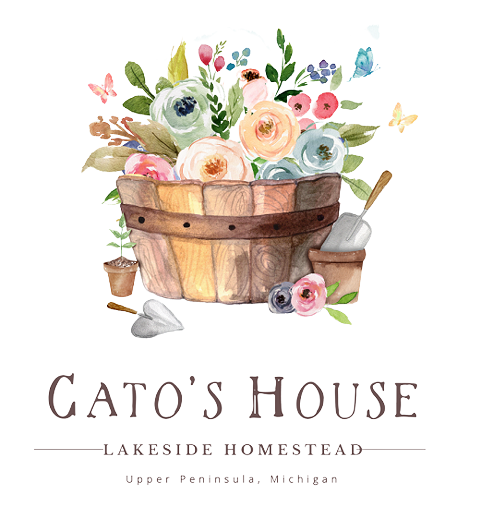(Psst: The FTC wants me to remind you that this website contains affiliate links. That means if you make a purchase from a link you click on, I might receive a small commission. This does not increase the price you’ll pay for that item nor does it decrease the awesomeness of the item. ~ Daisy)
Are you prepared for the potential of scurvy?
Yeah, I know what you’re saying….scurvy is so 19th century….That can’t possibly be a problem for me, SHTF or not! Well, read on, dear Prepper, and you can draw your own conclusions about whether scurvy might be a real problem for you or not, if the you-know-what starts spinning and the you-know-what gets to hitting it.
The History of Scurvy
Well, OK, this isn’t a complete history of scurvy or it would be a book. I’m going to make a couple of points on the history of scurvy, though:
1) Scurvy is a shortage of one thing in your diet: Vitamin C.
In the olden days, sailors had more trouble surviving their sea voyages due to disease than any enemy they might have been fighting.
Way back in 1747, a medical apprentice named James Lind conducted a scientific study on a cure for scurvy on six pairs of sailors. The remedies tried were cider, drops of diluted sulphuric acid (yum yum!), drinking sea water, a mixture of garlic, mustard seed, horse-radish, and tree saps (again…yum! yum!), 6 spoons of vinegar a day, or two oranges and one lemon a day.
Guess which remedy worked? Yes, you’ve likely already heard that it was the oranges and lemons.
2) When settlers were dying of scurvy in North America, the indigenous peoples had compassion for them and provided a tea that saved their lives.
Knowing what that tea was made of might save your life or the life of someone you love in SHTF. Because, let’s face it….can you run to the store in SHTF and grab a nice bag of Clementines? Hmmm. I doubt it. So, the question is this: Do you know what plant materials are high in vitamin C in your own area are that you can safely identify and forage for?
Here’s a list from LearnYourLand.com to start you off:
•Dog rose (Rosa canina), fruit, 1252 mg
•Balsam fir (Abies balsamea), leaves, 270 mg
•Eastern white pine (Pinus strobus), bark and leaves, 200 mg and 32 mg respectively
•Garlic mustard (Alliaria petiolata), aerial parts, 190 mg
•Red spruce (Picea rubens), leaves, 169 mg
•Wild garlic (Allium vineale), leaves, 130 mg
•Garden yellow-rocket (Barbarea vulgaris), basal leaves, 130 mg
•Common blue violet (Viola sororia), basal leaves, 130 mg
•Lamb’s quarters (Chenopodium album), whole young plants, 130 mg
•Elderberry (Sambucus nigra), fruit, 116 mg
•Shepherd’s purse (Capsella bursa-pastoris), basal leaves of first year plants, 91 mg
•Wild leeks (Allium tricoccum), leaves, 80 mg
•Woodland strawberry (Fragaria vesca), fruit, 80 mg
•Mock strawberry (Duchesnea indica), leaves, 79 mg
•Eastern redbud (Cercis canadensis), flowers, 69 mg
•Mountain ash (Sorbus aucuparia), fruit, 68 mg
•Common yellow woodsorrel (Oxalis stricta), leaves, 59 mg
•Northern white cedar (Thuja occidentalis), leaves, 45 mg
Early Scurvy Symptoms
Before I share my own secret weapon against scurvy, I want to provide some important details about how it works and affects people. Right now, very few Americans have any problem with a deficiency of Vitamin C at all, less than 10%.
I’m figuring, though, that a lot of those Americans are drinking some Vitamin C-laden breakfast juice every morning. How about you? If that were cut off, and access to many fresh vegetables was as well, you might start experiencing some of these early symptoms of scurvy after a few months: “general weakness, fatigue, irritability, and joint pain.”
Now, here’s my point: How effective are you going to be in SHTF even with those early symptoms? And how easy would it be to miss them, moving on to the more serious symptoms and potentially risk your life? Let’s face it, during SHTF, everyone’s going to be grumpy, right? And probably tired, too….
It could be easy to miss in the chaos of what you’re dealing with.
Severe Scurvy Symptoms
As the deficiency of Vitamin C gets worse and worse, the symptoms get more and more serious. Many of you will recall accounts of the sailors losing their teeth. Peoples’ gums bleed, swell up, and become spongy, thus leading to the loss of teeth. You can become anemic. You will bleed beneath your skin, bruising easily. Your legs may swell up. Your hair and skin will suffer, becoming dry and brittle.
Remember those sailors dying of scurvy? One of the historical accounts by a commander describes them this way:
They simply lay in their hammocks, suffering “a strange dejection of spirits,” while others who “resolved to get out of their hammocks, have died before they could well reach the deck.”
Scurvy Solutions
If you have lots of great tradeable items, and were not forced to flee your home for any reason, congratulations! You may be able to trade for some orange juice several months past its best before date. If you’re lucky, you might find some canned oranges in a store or for trade. Guard those with your life, as they might save it one day. The good news is that, even for relatively severe cases, there is quick relief from symptoms within 48 hours to a week, you will start to feel much better and get stronger.
It could also be helpful to know that, other than oranges and citrus fruits, there are some vegetables that have some Vitamin C. They are tomatoes, potatoes, broccoli, strawberries, and sweet peppers. Consider when you look at this list if you have a food storage and preservation plan that ensures your diet has adequate Vitamin C through the winter (especially if you have winter like me).
My “Secret” Weapon Against Scurvy
In my own area, there is a common plant that is famous for having a high level of Vitamin C: Staghorn Sumac. Now, if you’re in the Northeast or the Midwest, you’re in luck. You might have some in your yard.
You can enjoy some health sustaining “sumac-ade” by boiling the berries in water, making a delicious drink similar to lemonade. The indigenous peoples of North America also used this plant for a number of other medicinal treatments.
CAUTION: Use a good plant identification guide to get clear on this, as there is a variety of this that is poisonous! So, don’t kill yourself trying to not die of scurvy, please, please, please!
If you don’t have any of this plant growing nearby, and you don’t know of a local plant high in Vitamin C, you can now do some homework and field work that might save your life one day!
When All the Orange Juice Is Gone…
Daisy stocks up on this drink powder, which can also help to hide the taste of not-so-fresh filtered water.
Even the early symptoms of scurvy could hamper your survival in SHTF. How are your food stores when it comes to Vitamin C? What local plant could you forage for in your area to secure your health?
Please tell us in the comments section!
About Rowan
Rowan O’Malley is a fourth-generation Irish American who loves all things green: plants (especially shamrocks), trees, herbs, and weeds! She challenges herself daily to live her best life and to be as fit, healthy, and prepared as possible.



